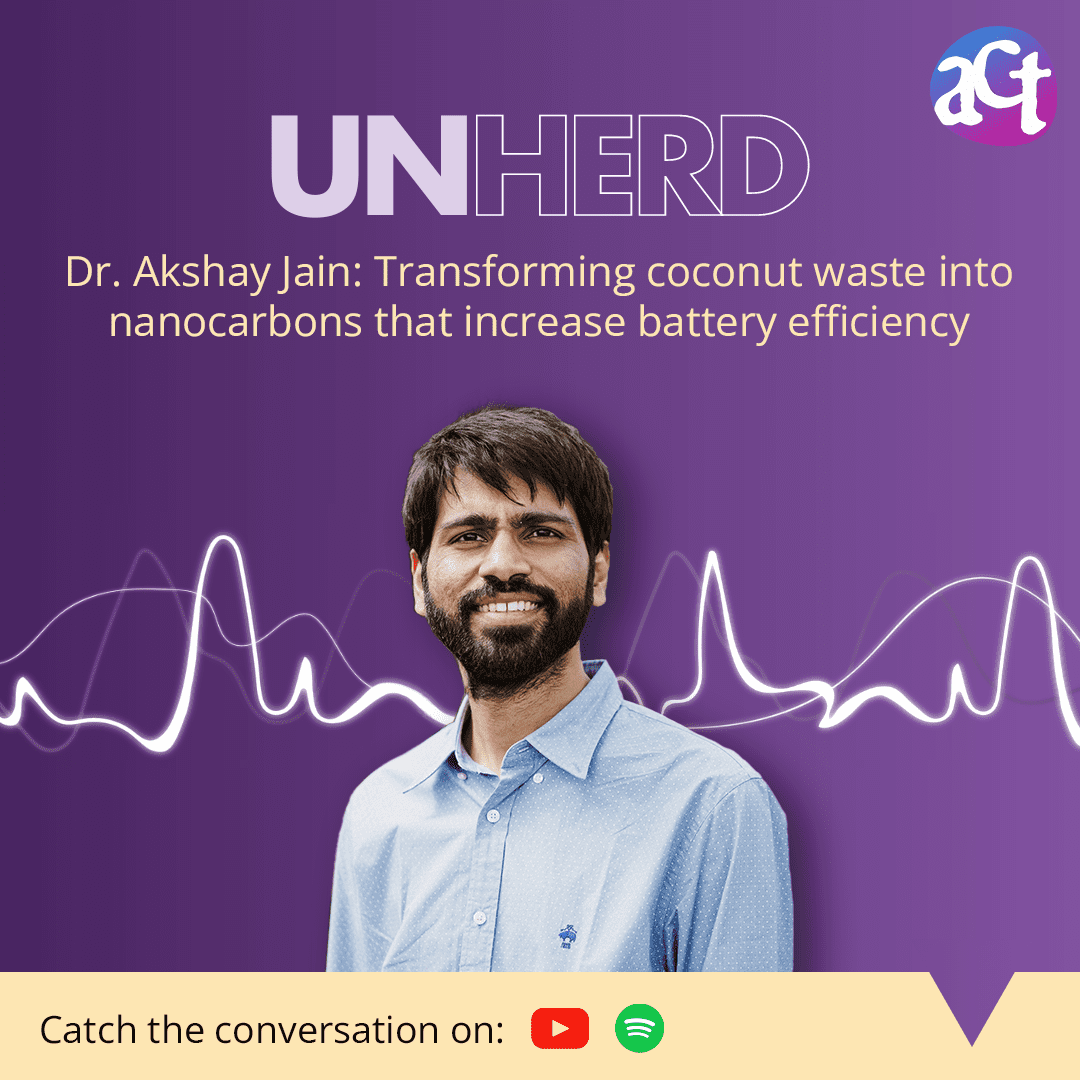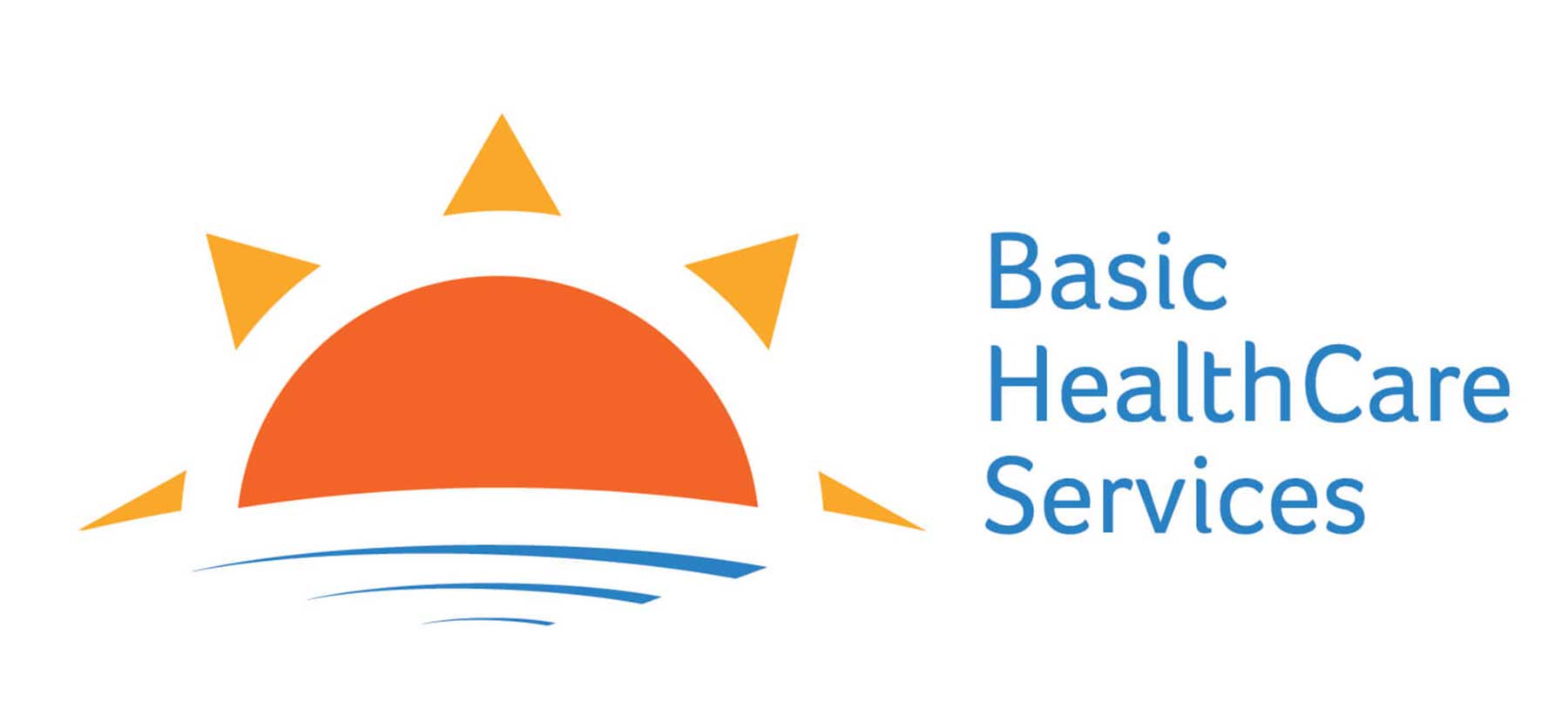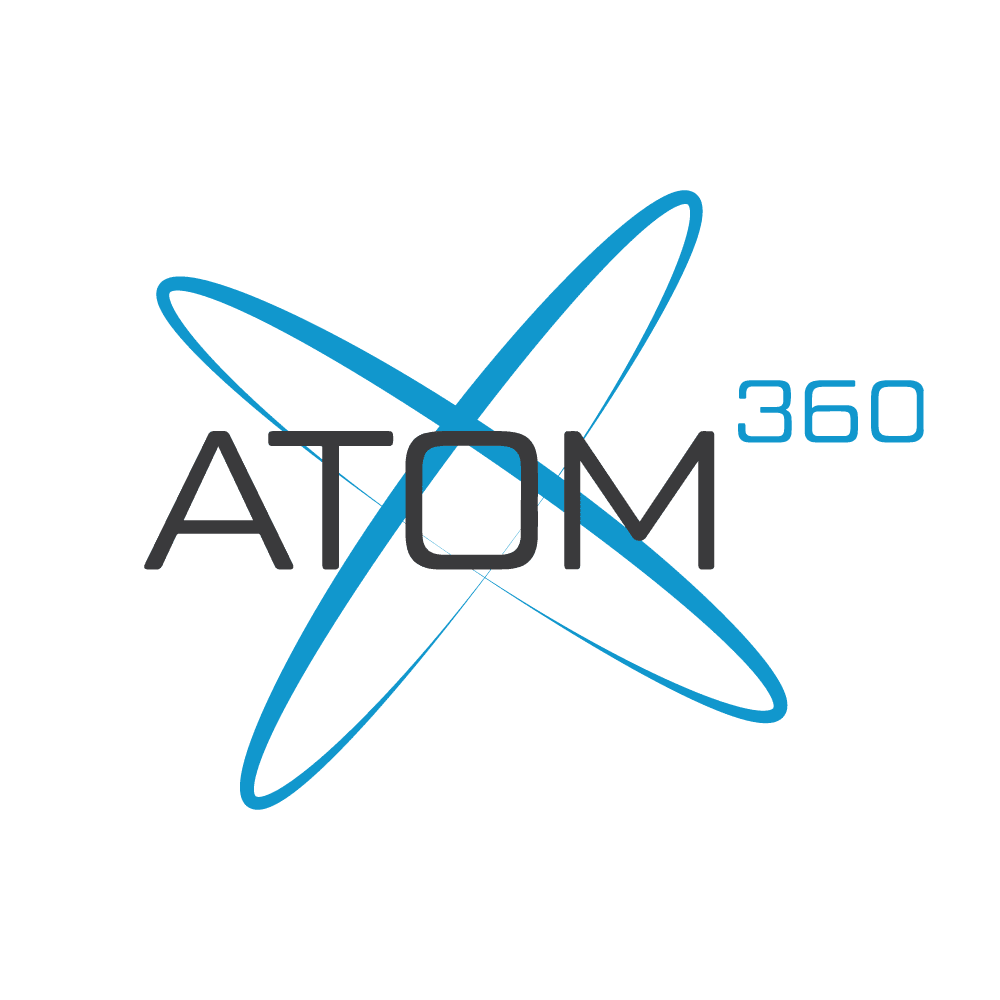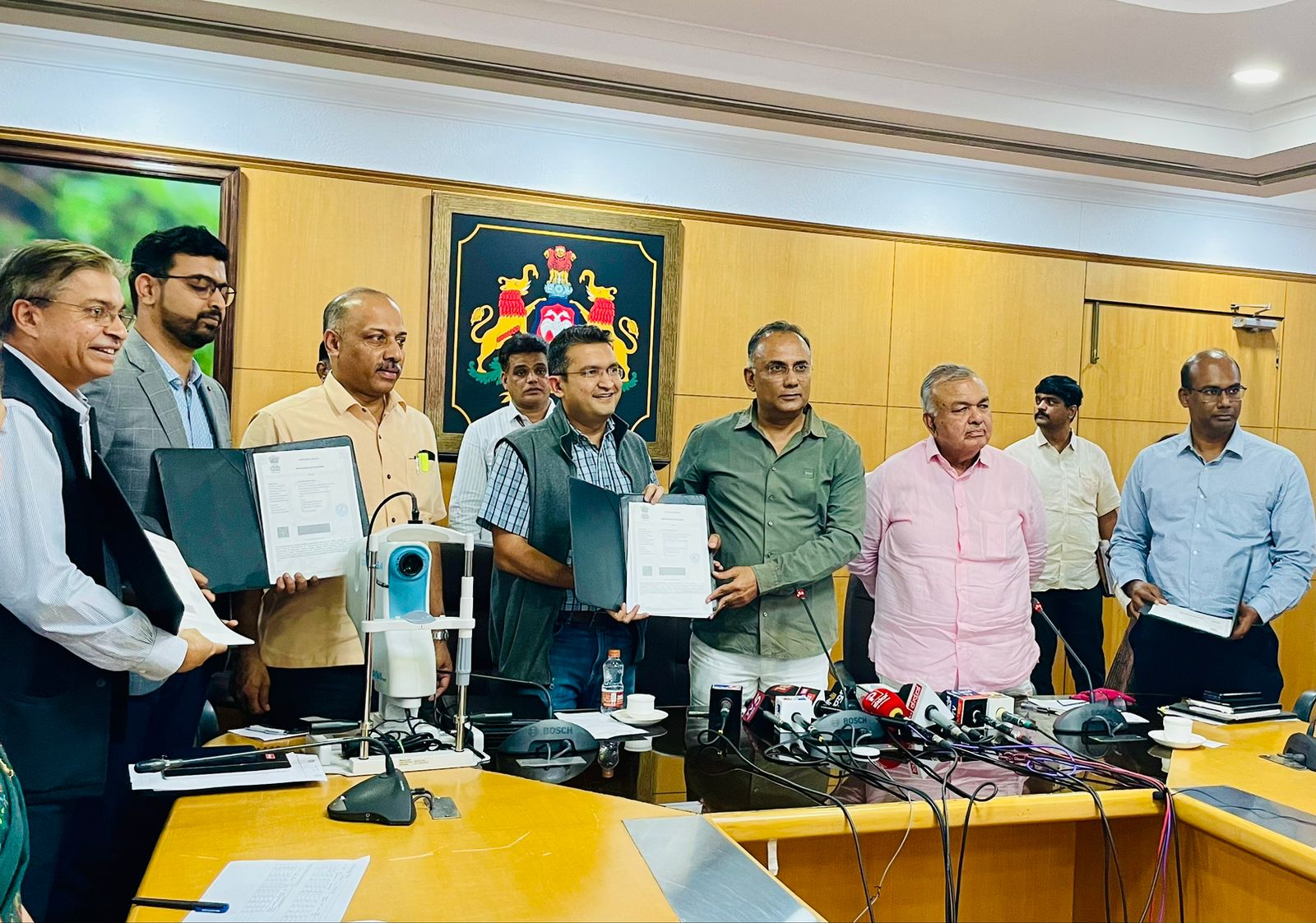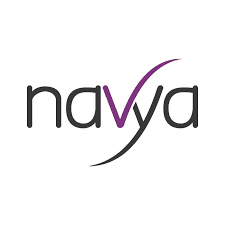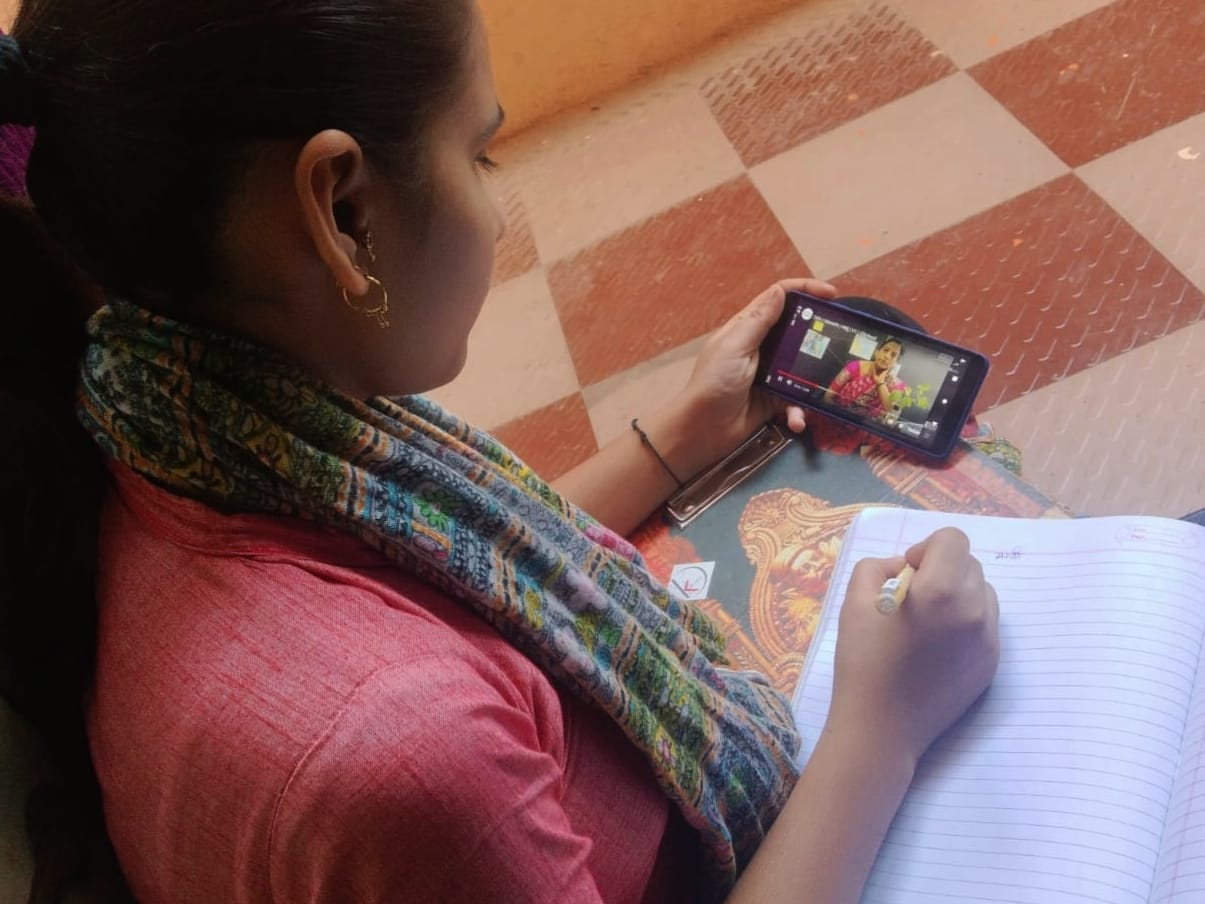Hosted by ACT, UnHerd brings you the unheard stories of individuals who are challenging conventional principles to disrupt the social impact landscape. From social entrepreneurs to venture philanthropists, dive into real-world conversations on what they’ve experienced and learned about changing the status quo.
Our third episode welcomed Dr. Akshay Jain (Co-founder, Cancrie) who, in conversation with Shazib Siddique (Manager, ACT For Environment), shares his journey and learnings as a chemical engineer who saw an opportunity in using agricultural waste to make innovative nano materials that significantly increase battery efficiency.
Listen to this episode on our Spotify channel or watch the conversation on YouTube.
Shazib – Hello and welcome to the third episode of UnHerd – a podcast hosted by ACT that delves into the extraordinary stories of individuals who are challenging conventional principles to disrupt India’s social impact landscape.
The rapid expansion of the electric vehicle and energy storage markets in India is driving the development of the domestic battery industry. As per estimates, the demand for advanced cell chemistries is expected to reach roughly 220 gigawatt hours by 2030 – however, insufficient capacity of domestic battery cell production and shortages of raw materials have become key factors limiting its growth.
Our guest today is Dr. Akshay Jain, the founder of Cancrie, who has dedicated over 10 years of his life to building more efficient batteries by improving performance and increasing their overall lifespan. He has developed a unique way that transforms agricultural waste into carbon nanomaterials that can be used in batteries and capacitors to increase their efficiency by up to 125%. This patented product uses a proprietary manufacturing process that uses 75% less energy and enables a 13x reduction in greenhouse gas emissions.
Welcome to Unherd, Akshay!
Akshay – Thank you so much, Shazib.
The spark that lit the fire: Solving for net zero
Shazib – It’s great having you here today with us. So actually, I want to start from the very beginning because when I look at your journey so far, there seems to have been a love affair between you and chemistry. You first did your bachelor’s in technology and chemical engineering, then went on to do a PhD from National University of Singapore. Subsequently, you have worked with the Center for Innovation in Singapore as a scientist and have also been a Fellow with the United Nations Environment Program. What was the spark that lit your fire for working in the climate action space and more specifically on battery efficiency solutions?
Akshay – So first of all, I would say you know, it is a slowly developed love affair. It developed slowly because when I started my bachelor’s in chemical engineering, I had a few options. I was very much inclined towards chemistry. So that was a very simple option for me – instead of choosing electrical engineering or mechanical engineering. And from thereon, I went for a PhD and because I was still inclined towards the technical parts. I saw a lot of industrialists coming to our campus and I was always inspired by those people – the big industries they’ve made by being in that space. So looking at that, it always inspired me that, you know, we can do something big with the chemical engineering space. I went on to do my PhD from National University of Singapore and when I finished my work, it [chemical engineering] was [still] continuously evolving.
And there was always a need which came for sustainability. We have to create climate tech solutions. We have to get to net zero emissions. So slowly those things were coming up and we realized how important it is. [And] when I was associated with the United Nations, there was a clear need that until or unless you create net zero emissions, there is going to be a big problem in the time to come. So, that really clicked with me that whatever we need to do on this earth today should be in the direction that we need to save this planet.
So when I was doing my PhD, I got this option – can we do something for the recycling / upcycling process? This field was kind of expanding and expanding, and there was a clear need; that we need to create these green jobs and net zero emissions. That was the time when I was working in the Center of Innovation. It struck me [to think about] whether we can do it ourselves, whether we can do something more, whether we can create a bigger impact.
So that was the time we started this journey of taking this product – what we are doing today in the market – how we can recycle the waste, upcycle the waste, get to the market, and that which can be used in the batteries, which is, again, related to sustainability, which is again, related to creating net zero emissions. Whichever way we are doing this, maybe we are not making the batteries or making the EVs, but making this material which improves the battery efficiency is something we are contributing to from our end in creating and bringing sustainability. And that is how from the last 10 – 12 years, this technology has come so far and we’ve commercialized this technology from the very scratch.
Traversing tough roads: Lessons from early failures
Shazib – I also want to double click on your journey of innovating this material because the first exposure or the first discovery happened at your time in National University of Singapore, where you also founded a startup called Mesotope, and that was your first startup. Building a startup is not an easy journey so I’m sure there were a lot of lessons that you learned during that first startup experience. What have been the big risks, the big failures, and the larger than life lessons that continue to guide you today?
Akshay – I was working at the Center of Innovation in Singapore and when I switched on to do my own venture, that was Mesotope – that was started in Singapore. We started in 2019, and when the journey started, it was like we already had proof of concepts; [we had] published some papers. As an entrepreneur, we thought, okay, it’s very easy to get the money from the VCs. But when we really got into the deep tech space – material science, climate tech, hard tech, we wanted to manufacture it ourselves – the reality was very different. [We realized] that unless you have your product made at pilot scale, unless you do trials at the industrial scale in a relevant environment, there will be a challenge.
So that was the first time we thought, okay, we have to put this plant, we have to make these carbons at pilot scale. We invested some amount of money, we did some trials to make these batteries, but all at a laboratory scale. That was the first time we scaled up, and it was a big failure. Why? Because we scaled it for the first time – the kind of materials of construction (MOCs) which we used, the kind of industrial grade chemicals we used, we didn’t realize that what can go wrong in that? We were very naive at that time, and we just used it – we thought that everything would be fine.
We invested a lot of money there, our personal savings had gone into it. And then when the battery came out and the performance came out, it was just an average battery, and there were a lot of water losses. We invested almost eight months into it, and then we realized that every single penny has gone into it. And the battery didn’t perform because of the money. We were out of options.
So that was the time we applied for Techstars, and we said this is the last option we had. We get this money based on the idea and the theme. We [told ourselves] that we will proceed further, otherwise there is no money to carry on. Because being in a deep-tech and hard-tech space is so expensive. Each and every characterization of the material, each and every characterization of the test on the battery costs us a lot. When [we] applied for Techstars, we were bootstrapping that time, we were only getting support from Nidhi EIR that was Rs. 30,000 a month. We all know that we cannot run a company with that. Me and my co-founder Mahi Singh, we just continued for a few months like that. But luckily Techstars believed in us.
Techstars gave us another chance, and they said, okay, we will give you another chance based on your idea and the capabilities you have. That was somewhere in April 2021 – we got the offer from them and in July 2021, we went to the U.S. and were there for six months. And then, we just continued. And then the journey never stopped. So the learning we had from Mesotope was one very clear thing – that you have to be extremely, extremely careful on the machine types you’re choosing, how you are approaching the market and how much money you have. And you have to be really, really planned a little ahead in terms of the fundraise, calculate the runway you have and take calculated risks. But we have learned a lot of lessons, which definitely made us what we are today at Cancrie, because we have learned those lessons at Mesotope.
First principles lens: Challenges and opportunities in climate-tech
Shazib – That’s so interesting to know that all these struggles and hardships have brought you to this position today where you have developed Cancrie into an advanced materials research company, and you’re developing advanced grade carbons that outperform the incumbent fossil derived carbon black, which is produced out of a very energy-intensive process. Your solution is a delight for any battery company in that regard, because I mean, you currently are already working with some of the largest battery manufacturers, like Luminous, Laurus, Sparco, and Future Energy. But I want to understand from you, what are the unknown struggles of an early stage climate tech entrepreneur that we do not often talk about?
Akshay – Whenever we are talking about these clients, they’re currently getting these carbons from Indian companies and also from abroad – definitely the companies or the manufacturers who are sitting in India, they prefer to have these kinds of carbons, indigenous solutions so that they have a continuous supply. And of course, in terms of the other benefits – in terms of pricing, in terms of the local solutions – these [benefits] are always there [from Indian manufacturers]. Now, what we are bringing to the table is very unique because one, like you already mentioned, is about the energy efficient solutions – that we are getting or making these carbons with much less intensive solutions or lesser intensive processes.
Once we get these carbons out, there are certain parameters, which play a very big role for the battery manufacturers or the batteries rather, for the performance of these batteries. What we are building at Cancrie from this 10 years of experience is that we are optimizing the properties in such a way that we are improving its porosities – like poor areas, poor volumes, conductivities, functionalities, poor volumes, particle sizes, purity levels. There are a lot of parameters. We understood what each and every level is going to play a role in the performance of these batteries.
Now, when we reached out to these players, definitely battery being a very sensitive industry, everybody has these challenges. “Do we have to try this product?” Because number one is, it [trying a new product] is always a time consuming job, right? You have a brand name in the market, and if something goes wrong, you’re all gone. Therefore the manufacturers were not accepting this so easily. To do the trials, we have done the product development for almost one to one and a half years with just one customer. We have shown all these performances after all these certifications, after all the tests at third party international laboratories. And once we had all those things with us, that was the time we reached out to more players, because otherwise it was a challenge for us.
All those challenges which came and everything needs money. There was a time when customers said to us that, see, we are not ready to take that risk, and we are not going to pay you for this because this is new, you are trying out something. Definitely when we reached the investors and the VCs, they were also [hesitant] – whether they are going to take that risk because we did not have any revenue. So this gap was there and we faced it in a big way. And that is where a lot of grants came very handy, that have de-risked us in a step-by-step process. First, we expanded the facility. Second, we made the batteries. Third, we did the industrial-scale trials. Fourth, we did the relevant environment testing, and that is where the grants like [ACT really helped]. Definitely extremely thankful for ACT For Environment who have supported us and believed in us.
But that is where the bridge needs to happen.
Shazib – ACT happens to be one of your supporters, but there are of course, other initiatives and a lot of them, that you have been beneficiary of – like government initiatives with respect to early stage climate tech innovations. So, while there are already a lot of incentives and work being done from the government side on promoting the adoption and the manufacturing capabilities of domestic batteries in India – schemes like the Production Linked Incentive scheme (PLI) specifically, which are focused on the advanced chemistry cells which is a strategic initiative to promote domestic manufacturing and also promote the wider adoption of electric vehicles and renewable energy storage so that we can meet the intermittency challenge.
Akshay – Yeah see, this is extremely important. If you look at this space of climate-tech, of batteries and of recycling materials, there is a lot of scope which can be taken care of. What the government has done already is that they have stated that these are the things by which we can control climate change. Can we ourselves, as a company, first bring ourselves to net zero emissions?
And can we support other companies to do that? Because we know that in the manufacturing setup, in the production sector, there will be some emissions which are going to come in, but we don’t want that to happen, and therefore we have to negate that. So we have to think one step ahead. We just don’t want ourselves to be net zero. But what we really want is we really want to make this world a net zero place to live in so that there are no emissions.
And that can be done by bringing sustainability [to] the mainstream, and which can be supported through the help of all these kinds of small developments.
Future Forward: Insights on building a sustainable business
Shazib – And that’s a good segue for me to also come to my next question, which is that your work in itself is very unique. You are building a material science company which is very hard to build, but your approach is also rooted in helping the local community. Tell me why is that so important to you, and what’s your definition of a truly sustainable business?
Akshay – We are recycling the agri-waste, upcycling the agri-waste [and] we always have this vision – can we help the local community there? Farmers who are into this, who are getting certain prices for their waste, or rather they’re just simply burning it or they’re simply throwing it. Can we bring some value to that waste and help that local community earn some benefits from there? We are also thinking in the long term, can we have the distributed units of our plant where these farmers can be employed there, where they can sell their waste there and we can use it in their industry.
Second, very, very important thing, [with] every battery, there are certain rare earth materials which go inside there. What our Cancrie carbon does is, it increases the performance of the batteries and it increases the active utilization of the material which is present inside. What it means is when you say, if you need a hundred grams of the rare earth material, what we are now saying is, instead of a hundred grams, maybe you will get the same performance of the batteries in 95 to 90 grams. Then that means we are saving those rare earth materials by 5-10%. That means that the need for mining is being reduced.
How that is helping the local community is definitely from the health hazard point of view, because now we are not relying more and more on mining. We want to reduce that, and of course, saving the earth from digging it more and more, and of course, saving the people who are into that industry and saving them from health hazards too.
Shazib – Being a founder is not an easy job. You are wearing multiple hats all at once and getting your hands dirty. As an entrepreneur, things can take a downturn at any moment. So how do you prepare yourself for the unprepared nature of this job?
Akshay – See there are definitely unknown challenges in whatever path you take, right? Even when you’re working or, or when I say working, that means if you’re employed somewhere, if you’re doing your own business, or if you’re not doing anything and sitting at home, there will always be challenges which will come and which are always unknown. So, one thing that I’ve learned is that whatever challenge is coming, if it is unknown, don’t think that something [bad] is going to happen. Preserve that energy for the time when it comes, save that energy and fight with the challenge when it comes, because the majority of the things happen only in our mind.
I think my dad told me that, “Akshay, why don’t you write things which you really worry about? Just write it in the diary and see if it is happening with you or not in the future.” I’ll tell you the day I started writing it, until now, none of those things have happened. None, not even one. I’ve written more than a hundred times – it didn’t happen. I [also] meditate a lot. Even in the morning when I come, even in the night when I go [home] before my dinner, I do meditation. I feel that that gives you a lot of power in some way, which I didn’t realize when I started it, it was all for physical reasons, maybe because of my physical health, but it has given me much more than that.
And one more thing which I also do, although I’m not getting a lot of time, I still try to do – is play at least one sport. It gives me some energy, some form of energy, if I play out and go out and do these things. But I think these are some of the things which I feel I can really rely on, which keeps me going.
Shazib – That’s amazing. What are the opportunities that young budding entrepreneurs can tap into? And what advice would you give to young founders who are excited about building in this particular space?
Akshay – One thing that all entrepreneurs should think about is that you should do something that is needed. That’s extremely important. Don’t do your own fanciful things. Don’t do things just because you want to become an entrepreneur or because you want to have your own startup – because these are the things which are going to hit you hard because you want to sell, but [what if] people don’t want to buy? So determine that, take some time and focus on that. Once you get into that, there will be a lot of challenges, which are going to come. But once you are settled, once you have determined that this is something which you really think is going to contribute in some way, then don’t change the pathway.
You have to make your own path. So what we did was we were like, okay, we have these many papers, we have patents. Let’s go to the VC market and we’ll get the money. But the reality was different. And that was the time we learned. Whenever the money comes, it’ll come. We will try, we will keep trying. Grow slow, no problem. Don’t try to rush into things. Grow slow. Because the most important thing, if you have determined that you have to build this, then you will build it.
Shazib – Right. That’s very well said. Thank you so much Akshay for being so candidly open about sharing your experiences, and it was a pleasure speaking to you today and hosting you today on this episode.
Akshay – Thank you Shazib.
Shazib – This brings us to the end of our third episode of UnHerd – a podcast presented by team ACT. If you enjoyed this episode, subscribe to our Spotify and YouTube channels where we’ll bring you more unheard stories of people who are passionate about creating impact at scale in differential ways. People who truly stand apart from the herd.

